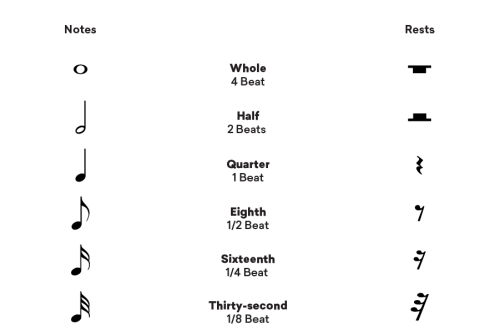
Chromatism. Alteration.
Contents
How can you change any steps and create your own version of the fret?
Chromatism
Raising or lowering the main step of the diatonic mode (see dictionary ) is called chromatism . The new stage formed in this way is a derivative and does not have its own name. In view of the foregoing, the new step is designated as the main one with an accidental sign (see article ).
Let’s explain right away. For example, let us have the note “do” as the main step. Then, as a result of the chromatic change, we get:
- “C-sharp”: the main stage is raised by a semitone;
- “C-flat”: the main step is lowered by a semitone.
Accidentals that chromatically change the main steps of the mode are random signs. This means that they are not placed at the key, but are written before the note to which they refer. However, let us recall that the effect of a random accidental sign extends to the entire measure (if the sign “bekar” does not cancel its effect earlier, as in the figure):

Figure 1. An example of a random accidental character
Accidentals in this case are not indicated with the key, but are indicated before the note when it occurs.
For example, consider the harmonic C major. He has a lowered VI degree (the note “la” is lowered to “a-flat”). As a result, whenever the note “A” occurs, it is preceded by a flat sign, but not in the key of A-flat. We can say that chromatism in this case is constant (which is characteristic of independent types of mode).
Chromatism can be either permanent or temporary.
Alteration
A chromatic change in unstable sounds (see article ), as a result of which their attraction to stable sounds increases, is called alteration. This means the following:
Major can be:
- increased and decreased stage II;
- raised IV stage;
- lowered VI stage.
In minor can be:
- lowered II stage;
- increased and lowered stage IV;
- level 7 upgraded.
Chromatically changing the sound, the intervals present in the mode automatically change. Most often, diminished thirds appear, which resolve into a pure prima, as well as increased sixths, which resolve into a pure octave.
Results
You got acquainted with the important concepts of chromatism and alteration. You will need this knowledge both when reading music and when composing your own music.





